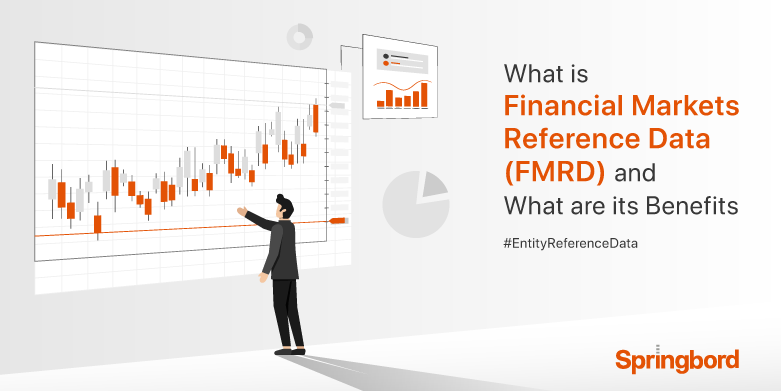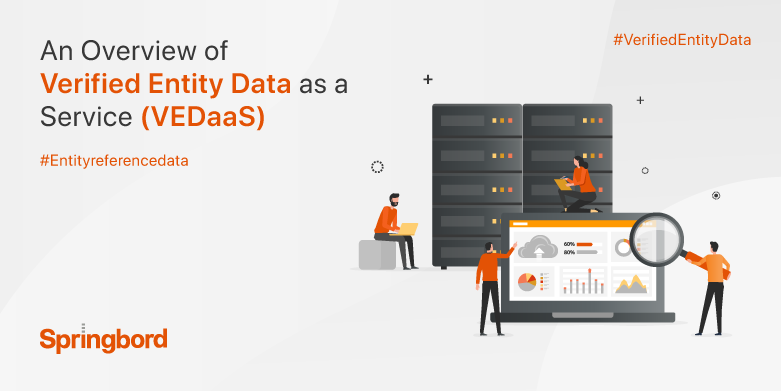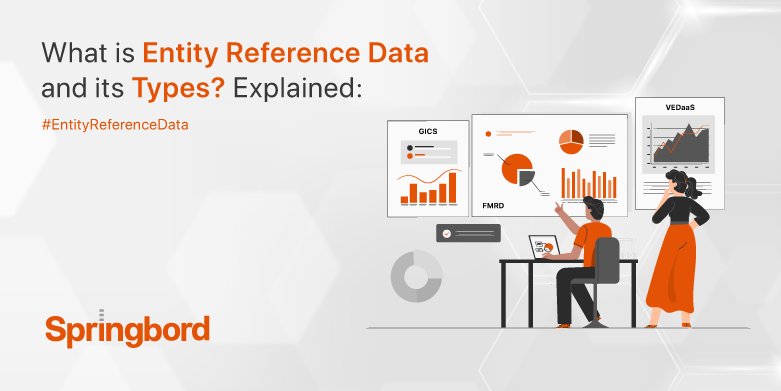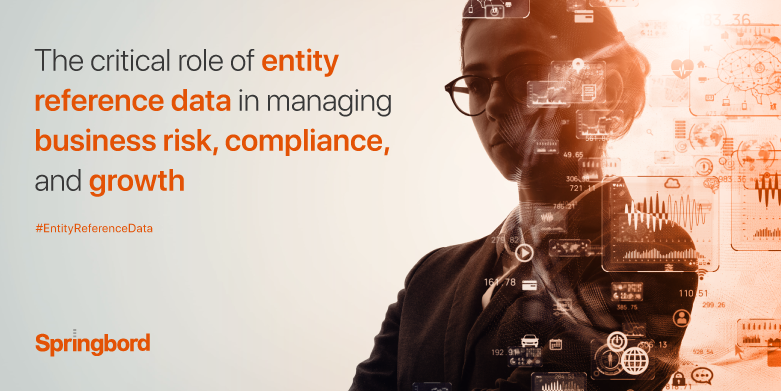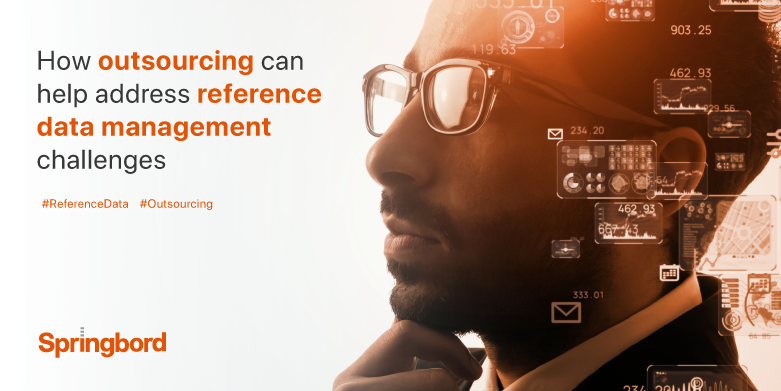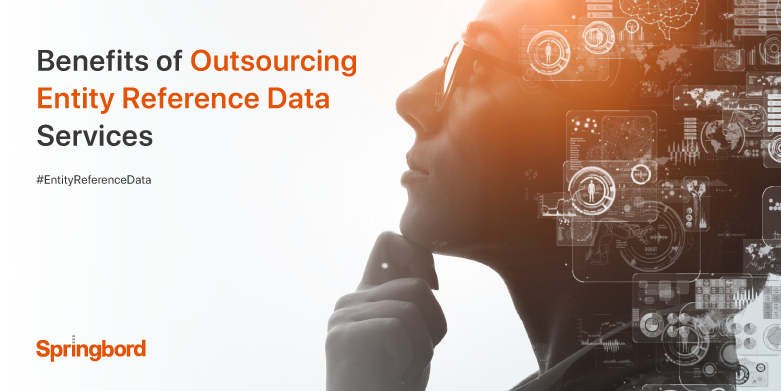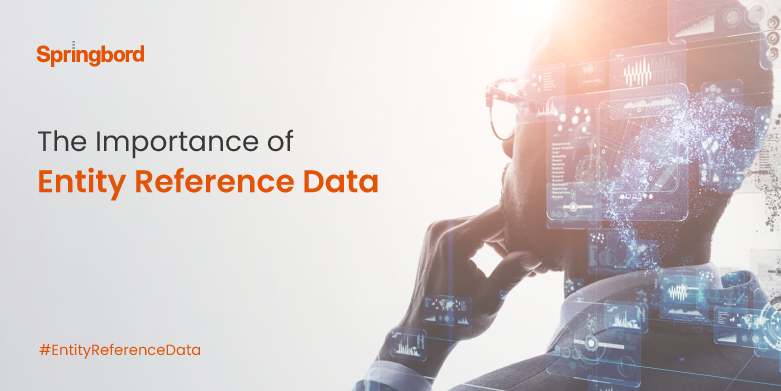M
E
N
U
Before we start learning about Financial Markets Reference Data (FMRD), let us first get to know what entity reference data is. Static and dynamic data that categorizes and describes the attribute of financial instruments is known as entity reference data. To identify the risk involved and the performance of your business, and to evaluate the
Before we get to know about Verified Entity Data as a Service, let us learn what MDS is. MDS, abbreviated as Managed Data Service, comprises a defined list of legal entity reference data fields that are individually collected, checked, and cross-referenced at government and public sources and then combined to build an MDS Entity Record.
Static and dynamic data that classifies and describes the individual attribute of financial instruments is termed entity reference data. It is vital in evaluating the risk involved, the performance of your business, finding corporate and capital structure, etc. Accurate and precise entity reference data will help in every financial operation. Not that we have learned
Entity reference data is key to analyzing risk, business performance, identifying corporate and capital structure, and determining creditworthiness and risk assessment. Businesses across sectors whether it is credit rating agencies, business, and financial service companies, technology firms, and data and information service providers, every business relies heavily on entity reference data. Having access to accurate
Reference data plays a key role in driving business processes and applications. Businesses across sectors including business and financial service companies, credit rating agencies, technology firms, and data and information service providers, rely heavily on reference data. As such, any faulty reference data or error in data management pose a significant operational and financial threat,
Having faulty reference data is an operational risk for business. And in the case of financial institutions, it can even be an existential risk. Entity reference data form the bedrock of all analyses when deciding about a product, client, action, deal, or even transaction. Any faulty references of this historical data can prove to be
Businesses rely on diverse data sources for developing insight and building operational models. The data may relate to leadership, shareholders, financials, competition, industry, transactions, and a lot more. When a system connects such disparate data through a common reference notation, it becomes an information powerhouse that can drive business intelligence in real-time. This is where


